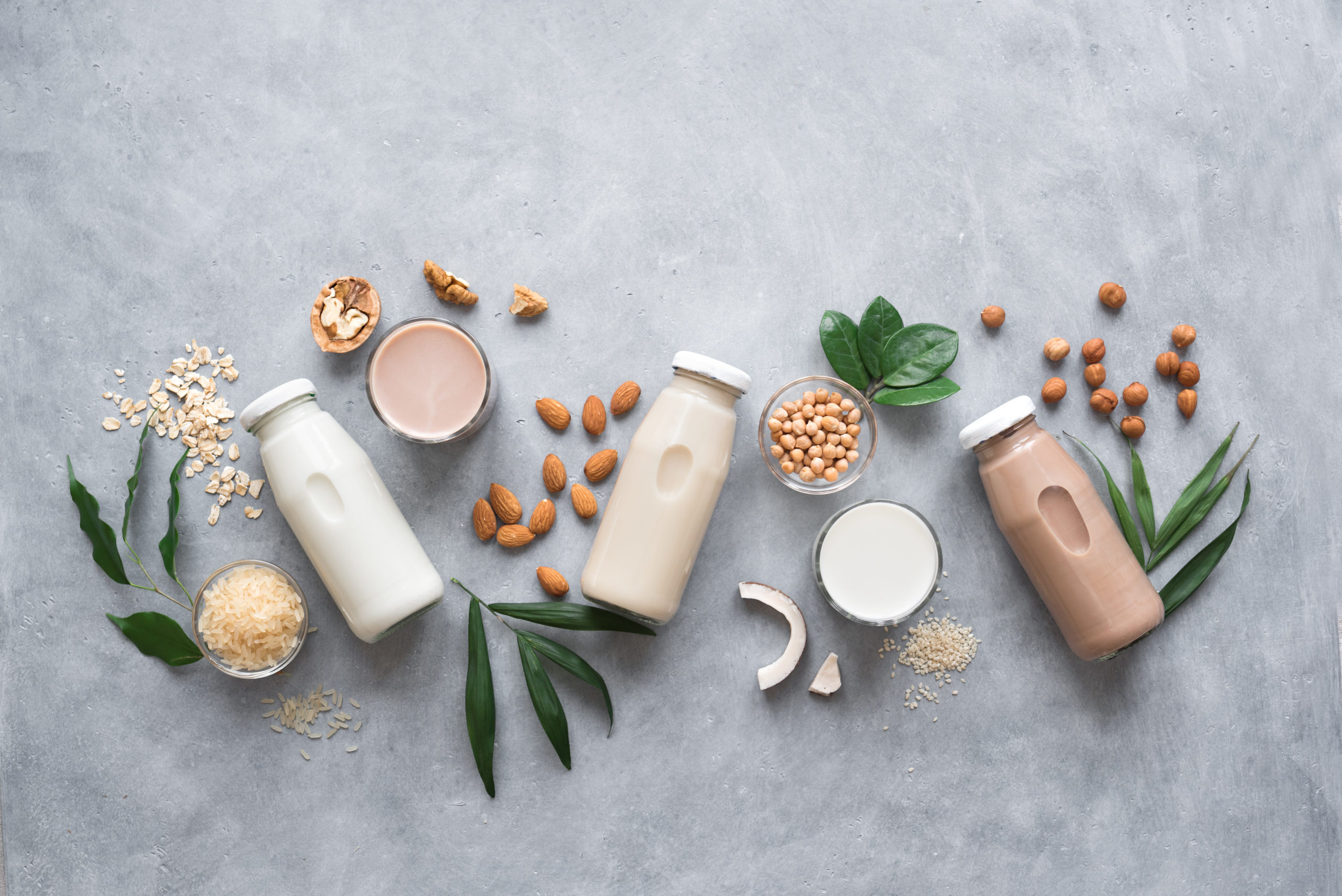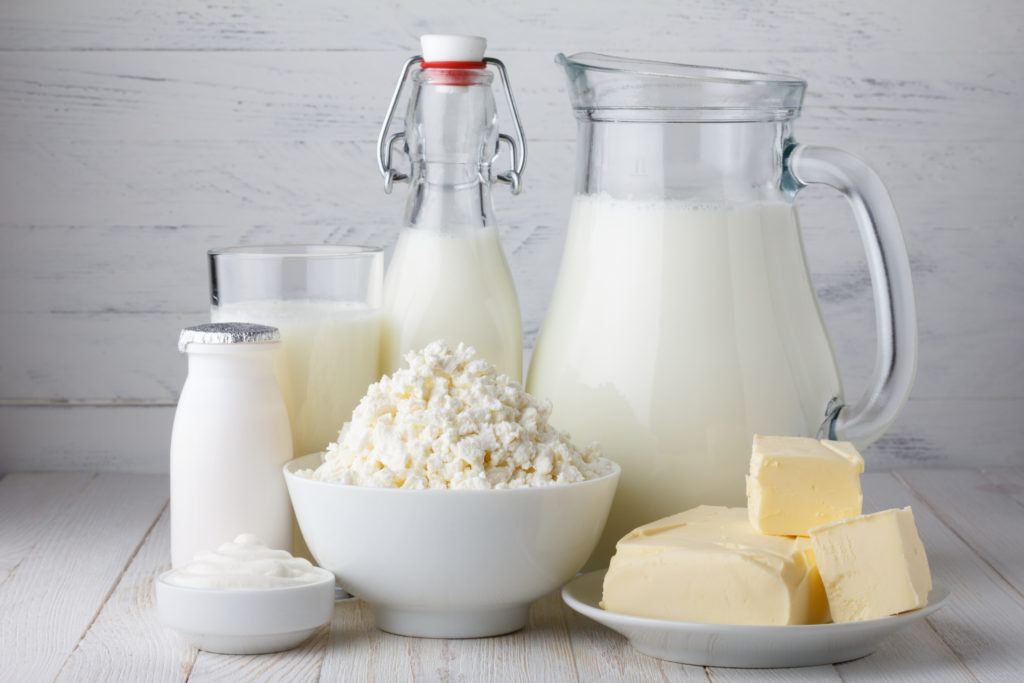Did you know that June is Dairy Month?
According to the USDA, foods and drinks that contain dairy should be included in your daily diet.
Why Dairy?
Not only can dairy products be tasty, they also have nutrients that are great for the body!
Dairy sources provide:
- Vitamin D and Calcium: support bone health, particularly in growing children and in preventing osteoporosis in older adults
- Protein: building block for muscles in the body and aids in the repair of tissues
- Phosphorus: works along with calcium to support bone health
- Vitamin B12: an essential vitamin (meaning your body cannot produce on its own) that supports the formation of red blood cells
- Riboflavin: supports proper cell growth and development
Dairy products are typically high in calcium and have essential nutrients to the body. However, according to the USDA, only yogurt, milk, cheese, lactose-free milk, fortified soy milk or yogurt are considered to be part of the “dairy group” of the MyPlate recommendations. This is because food items such as cream cheese, ice cream, or cream are high in fat and low in calcium.
Whole milk is the highest in saturated fat which is essential for child brain development. After early childhood, drinking either 2%, 1%, or skim milk is recommended because they contain equal amounts of protein as whole milk but less saturated fat. However, it should be noted that it is not recommended for infants under 12 months to drink dairy milk.

Celebrate Dairy month by trying out a few of our favorite dairy-rich recipes below:
Tip: A rule of thumb when deciding what dairy products to incorporate into your diet is to aim for the food or drinks with the least amount of added sugar and fat.
What if I have a dairy sensitivity or allergy?
If you are lactose intolerant or do not eat dairy products for any reason, there are plenty of other ways to enjoy the benefits of dairy! For example, try plant or nut milks such as almond milk, coconut milk, soy milk, and oat milk. Many of these milks are fortified with calcium which still provides your body with a good mineral source.

By Jewel Mayo and Morgan Gregg, MS

